I thought briefly about asking people to “sponsor” me on the walk across Scotland. But I tend to be put off by shake-downs for charity, so I didn’t. Nevertheless, I have a worthy (and thematically appropriate) charity I’d like to bring to your attention.
It is run in the Democratic Republic of Congo (formerly Zaire) and is called “Debout et Fier”. This roughly translates to “Stand Proud,” which is its name as a registered charity in the UK (charity No. 1132615) and the United States (www.StandProud.org).
The organization helps people who are crawling around on the ground because their legs are paralyzed or paretic to get up on their feet, where they can live fairly normal lives.
The organization was created by a classmate of mine at Amherst College (1973) in Amherst, Massachusetts. His name is Jay Nash. He was in my freshman dorm. I didn’t know him terribly well, although one vacation (I recall) he came skiing in Vermont with a bunch of other college friends. At the time my parents had a vacation house there. He was a gifted musician and singer; some of his arrangements are still used by the men’s a cappella group four decades later.
Jay is also a linguist (he speaks eight languages) and a humanitarian (although I’m sure he doesn’t think of himself that way). He has spent most of his career working in difficult places (Angola, the DRC) for non-governmental organizations (Catholic Charities) and government agencies (the U.S. Agency for International Development). He’s lived in the DRC since 1998 and is now the senior humanitarian advisor for USAID’s Office of U.S. Foreign Disaster Assistance there.
I saw Jay in June 2012 for the first time in 39 years. I was working at The Washington Post and he was back in Washington for his annual face-time with the bosses. I had seen his name a few times over the years while reporting on the Polio Eradication Initiative, which as many of you know is 20 years past its deadline but still working hard. Some of his cables were among the WikiLeaks files released by Julian Assange, although there was nothing noteworthy–newswise, that is–in them.
While doing his work in the Congo, Jay was struck by the number of people forced to conduct their lives sitting on the ground because they lacked leg braces, physical therapy, and in some cases surgical release of contractures.
Jay started an NGO to help them.
As of two years ago, the organization had helped 4,000 to 5,000 people, he estimated. (It’s undoubtedly more now). Not all of the people are paraplegic from polio. That disease accounts for about one-third of the cases; meningitis for one-third; and nerve damage from infections (usually abscesses from unsterile injections in the buttocks) for much of the rest. There are also a fair number of people with club feet, as the DRC has an incidence of that deformity four times higher than in the United States.
The treatment for most of the patients is arduous, and for many it is painful. In some cases, tendons have contracted so much they have to be surgically released, a procedure that is done by surgeons in Goma. For most, therapy is casting and recasting of the affected limbs, putting in wedges and then replastering, to change their conformation so a brace can be fit. Often this takes nine months.
Occasionally (and somewhat inexplicably) the result is a person who can walk with canes, or even unassisted. The goal, though, is to get someone in braces so they can walk with one or two crutches and face the world at eye level–our level. And, of course, once they’re there it takes practice.
“For $1000 we can get someone on their feet. Surprisingly, this even works for people 45 to 50 years old,” Jay said.
The prospects for people crippled by polio in the DRC are limited. Most don’t finish school and many are beggars. The most successful work in trades where they can sit all day.
“Tailors and cobblers are what they want to be when they come to us. When they’re finished with us they want to be doctors.”
This last is not wholly a fantasy, for Jay’s program doesn’t just get children and teenagers on their feet. It also gets them into school. As soon as they can stand they are enrolled, with the program paying their school fees, and in some cases providing them a place to live.
“It gives them good practice and gets them back to the real world, even mid-year,” he said. The local culture helps. “In Congo everybody wants to go to school, and all the parents want their kids to be in school.”
Debout et Fier has six centers–one in Kinshasa and five along the eastern border of the country. (“The distribution is directly a reflection of where I’ve gone in my job handling emergencies.”) Most of the braces are made in Kinshasa. The surgery is done in-country. The 23 employees are locals, many of them “beneficiaries” of the program.
Jay spends two hours most mornings handling the administration of the program. Then he goes to work. His sister, in Ohio, handles other details. The advisory board of the NGO includes some heavy hitters (Jon Andrus, Ellyn Ogden) with whom I’m acquainted from my reporting on global health.
I just walked 220 miles. Jay helps people walk shorter distances, for incalculably more important purposes. Please keep his organization in mind.
http://www.standproud.org
http://www.standproud.org.uk
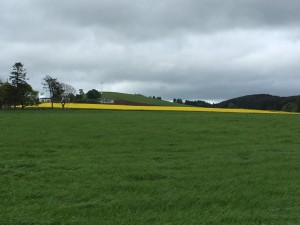

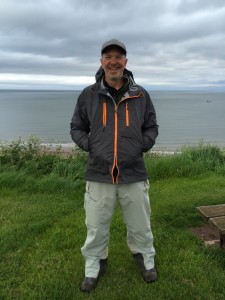


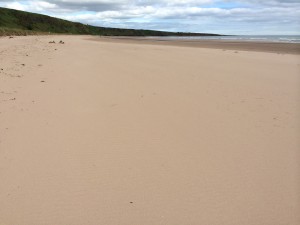
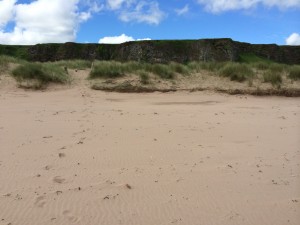
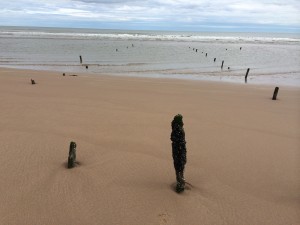

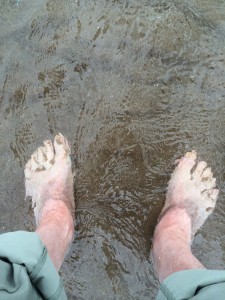

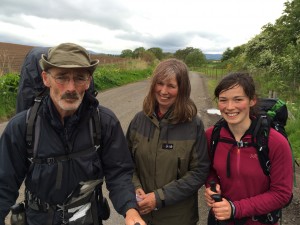
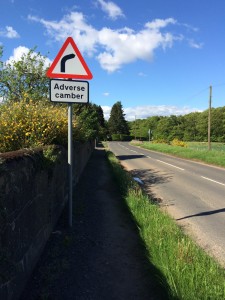

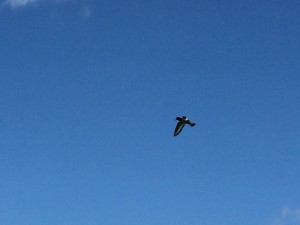



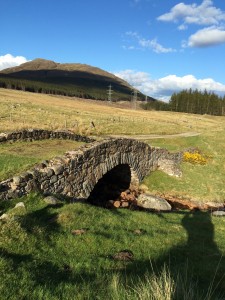
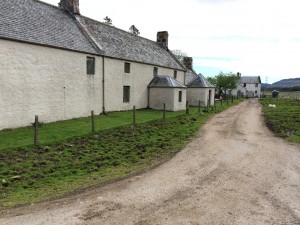

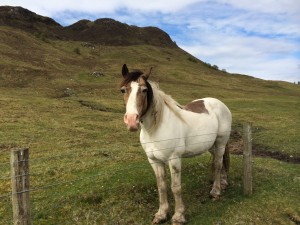
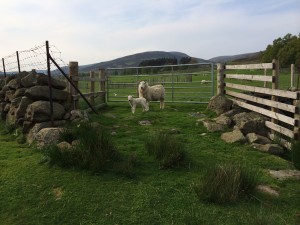
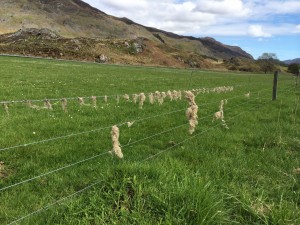
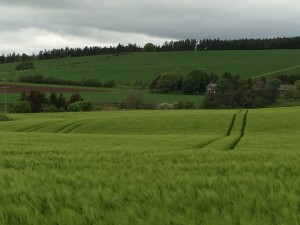

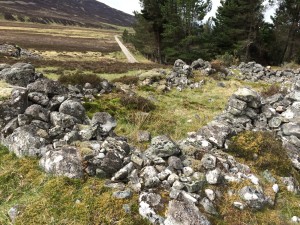
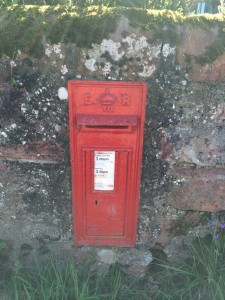
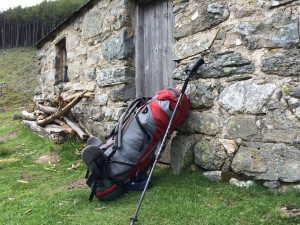

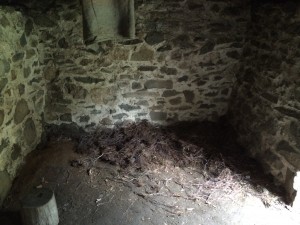
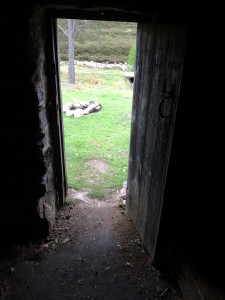
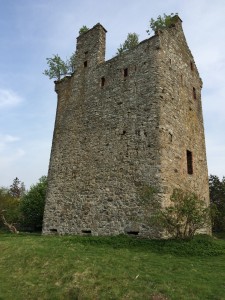
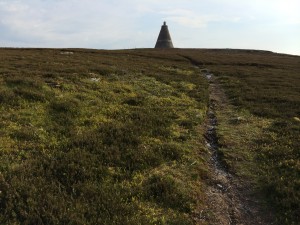
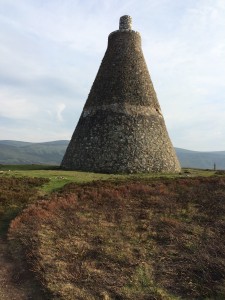
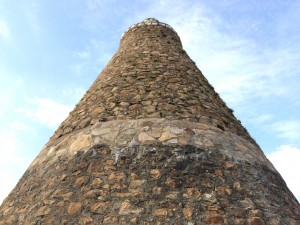
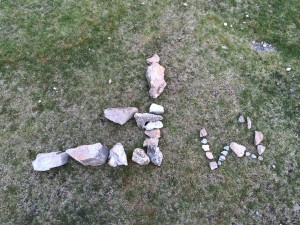
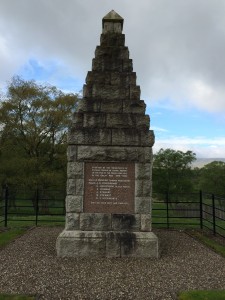
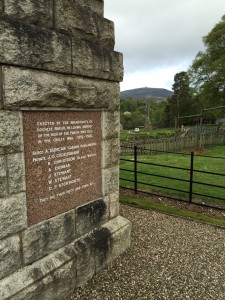
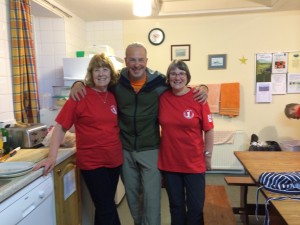


















Recent Comments